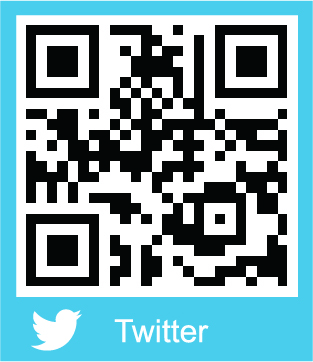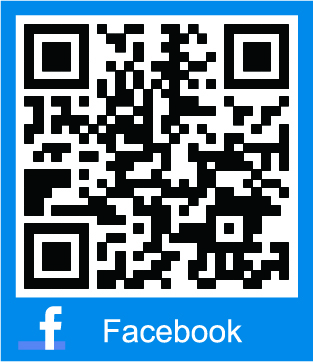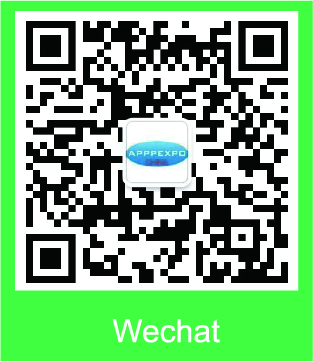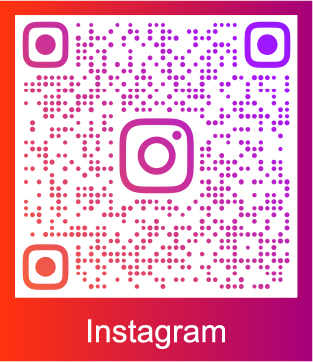Digital Inkjet Printing on the Rise in North America: Breaking Media Barriers and Boosting Efficiency
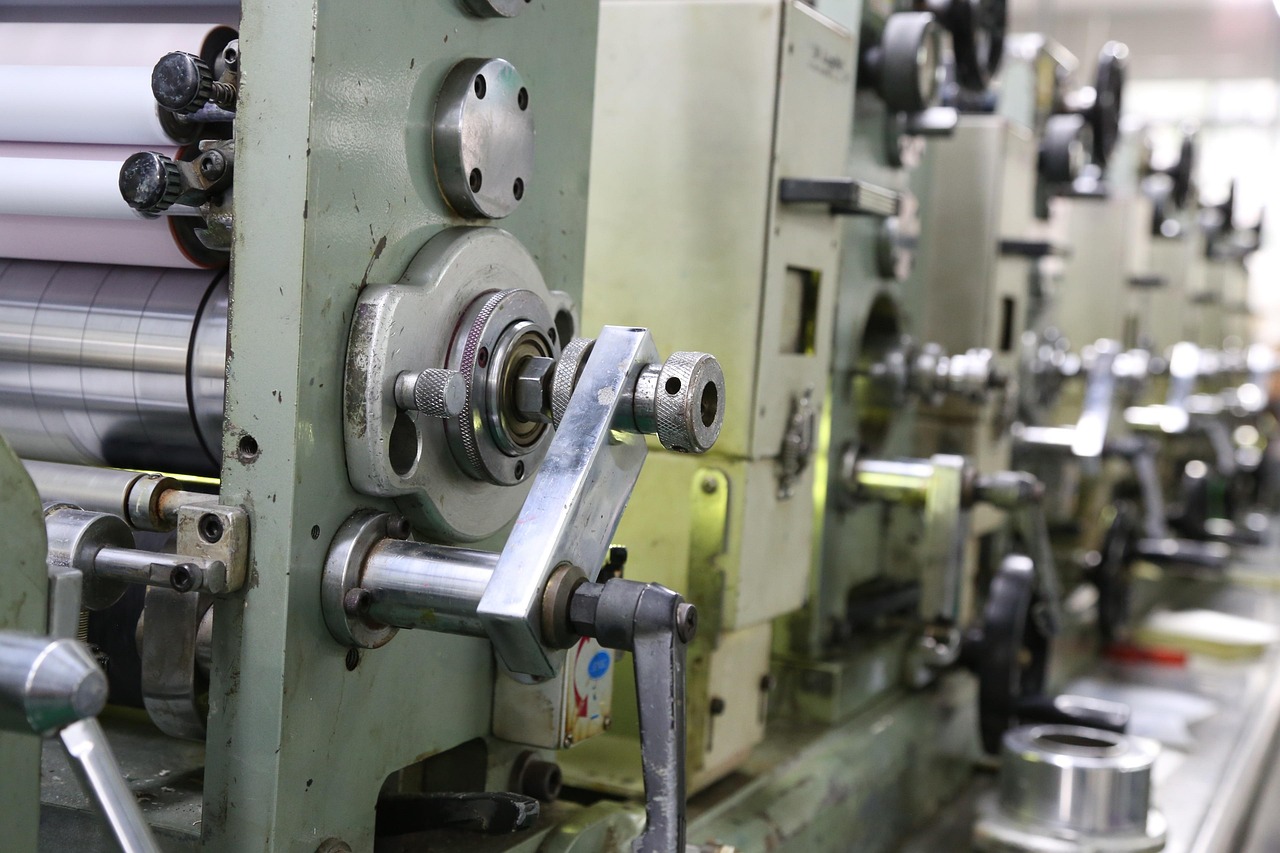
Efficiency and adaptability are the new standards of modern printing. It’s no coincidence that a new generation of inkjet printers — designed for broader media compatibility — is taking the North American market by storm. With the ability to print on more substrates, providers can now offer highly personalized and diversified solutions to clients. This shift is expanding inkjet printing’s reach and opening new business opportunities. “Print providers can take on more orders, build closer relationships with customers, and achieve a faster return on investment,” said Andrea Conner, Global Marketing Manager at Kodak Solutions.
Performance Upgrades: The Core of Media Versatility
Technological advances in production inkjet presses are driving improvements in substrate compatibility. One key breakthrough lies in inline and offline priming technologies. “With specialized primers, we can dramatically enhance how ink interacts with the media. On absorbent materials, primers help lock pigments to the surface while allowing carrier fluids to penetrate deeper. On non-absorbent substrates, primers form a bonding layer that keeps each droplet in place, preventing ink spread,” Conner explained.
Kodak’s OPTIMAX Primer can be applied directly to the substrate inline. The company offers different formulations for coated and uncoated papers, as well as packaging primers suitable for corrugated board, folding cartons, personal care packaging, plastics, and films. “With these water-based primers, print providers are no longer limited to pre-treated inkjet media — they can expand to a much wider range of materials,” Conner added. OPTIMAX not only enhances ink adhesion but also helps stabilize pigments for uniform coverage at high speeds.
Testing and Custom Media Profiling
Media testing is another essential step in ensuring compatibility. “Our inkjet systems come with professional evaluation tools and standardized testing kits,” explained Lucy Perez Serra, Category Marketing Manager at Canon Solutions America. “Our media lab team assesses new substrates based on customer needs and provides tailored media profiles that automatically optimize printer settings.”
New approaches are also pushing inkjet versatility further. Landa’s Nanographic Printing® technology, for example, sprays nano-inks onto a heated blanket to form a thin dry film that’s later transferred entirely onto the substrate. “This process eliminates the traditional ink–paper interaction challenges of wet inkjet printing,” said Amir Sharef, Landa’s Market Development Director. “It works on coated, uncoated, virgin, or recycled papers — with no pre-treatment required.”
Perez Serra highlighted Canon’s media advantage in its diversity and flexibility. “Our production inkjet presses are compatible with conventional offset stocks like bond paper, while also supporting inkjet-optimized substrates. This hybrid capability gives commercial printers a strong competitive edge.”
The Crucial Role of Ink
Whether inline or offline, primers are only part of the equation — ink chemistry remains critical. Conner pointed out that Kodak’s Stream and ULTRASTREAM technologies rely on advanced water-based inks that are specifically engineered for media adaptability.
For example, KODACHROME Inks (for ULTRASTREAM) and EKTACOLOR Inks (for Stream) are designed to deliver vivid, durable colors with minimal humectant content, allowing faster drying even on challenging substrates. Combined with near-infrared drying systems on KODAK PROSPER ULTRA 520 presses, these inks enable dense ink coverage at high speeds on coated and glossy papers.
In contrast, Landa’s nano-ink system doesn’t require primers or pre-coatings. “Nano inks adhere strongly to virtually any substrate,” Sharef noted. “We’re already printing on a wide range of porous and non-porous materials — and plan to extend applications to corrugated, labels, metal, and textiles.”
Collaborating with Media Suppliers
With more substrates emerging, printer manufacturers are strengthening partnerships with media suppliers. Canon, for example, collaborates closely with North American paper and material providers. “When new media options enter the market, we test them together with our partners to ensure compatibility and help customers quickly adopt the latest products,” said Perez Serra.
Kodak maintains long-term relationships with leading paper and substrate producers to recommend the best options for PROSPER printing systems. “PROSPER presses work with standard offset papers, enabling printers to switch between offset and inkjet workflows while using their preferred substrates,” Conner said.
Landa’s technology, by contrast, is substrate-agnostic. “We don’t need specialized paper development. Our system works with existing materials — and we’re happy to collaborate on projects that highlight the environmental benefits of our process,” said Sharef.
Why Compatibility Matters More Than Ever
Media diversity is becoming a defining trend in the print industry. With sustainability, paper costs, and supply-chain challenges in play, substrate flexibility is now a strategic necessity. “Printers want choices — they need to start a job without worrying about paper shortages,” Sharef emphasized. To stay competitive, press manufacturers must continue expanding compatibility with new substrates and evolving market needs.
The rise of digital inkjet in North America underscores a clear message: innovation and versatility are the future of print.
Sources:http://www.inknet.cn/





